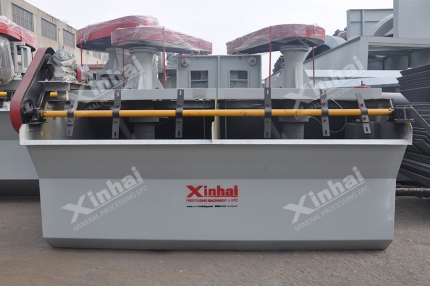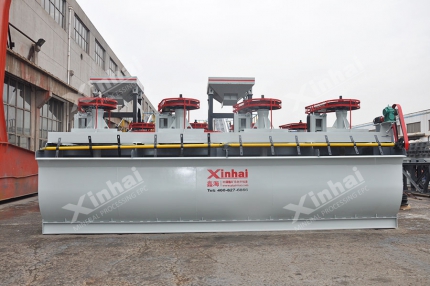With the continuous exploitation of copper resources around the world, the exploitation and utilization of low-grade copper oxide ore has received increasing attention. Studies have shown that copper resources in low-grade oxidized copper ores account for about 20% of the total copper reserves. However, as the ore grade decreases year by year, the amount of oxidized copper ores that are difficult to process continues to increase. If not used reasonably, it will cause serious waste of resources. Therefore, the research and development of low-grade copper oxide ore processing technology has become an important topic in the mining industry.
Use the table of contents below to navigate through the guide:
01Characteristics of low-grade copper oxide ore
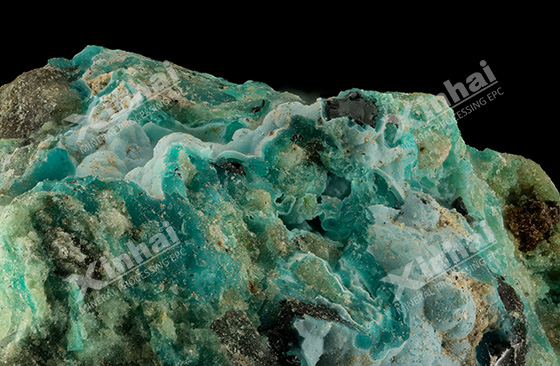
Low-grade copper oxide ore usually has the following characteristics:
1. Fast oxidation rate: The oxidation rate of oxidized copper ore is generally high, which brings great difficulties to the recovery of copper.
2. High content of bound oxidized copper: The content of bound oxidized copper in the ore is usually high, and it is difficult to effectively extract it using traditional mineral processing and smelting technologies.
3. Fine particles and impregnation: The mineral particles are fine and the embedding is complex, which increases the difficulty of the mineral processing process.
4. High mud content: The ore contains a lot of mud, which affects the efficiency of mineral processing and smelting.
5. Polymetallic symbiosis: Copper ore often coexists with other metal minerals, making the processing process more complicated.
Due to the above characteristics, traditional mineral processing and smelting technologies are difficult to meet the processing needs of low-grade oxidized copper ore, which has prompted the mining industry to increase research and technology development in this field.
02Low-grade copper oxide ore beneficiation method
At present, the methods for difficult-to-treat low-grade copper oxide ores mainly include separation-flotation, acid leaching and ammonia leaching.
1. Separation-flotation method
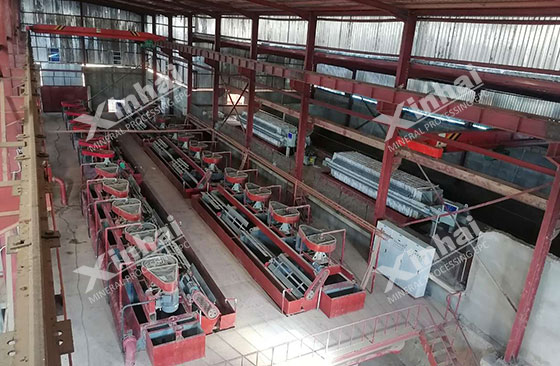
Separation-flotation method is an effective treatment technology, which is mostly suitable for treating ores with high mud content and high combined copper oxide content. Although its technical and economic indicators are good, the investment and production costs are high, and the operation control requirements are strict. Its main steps include: grinding, adding halides and reducing agents, and flotation enrichment.
Grinding: Grinding the ore to a certain particle size to improve the efficiency of subsequent treatment.
Adding halides and reducing agents: Converting metals into volatile halides by roasting, and using reducing agents to precipitate them on the surface of carbon particles.
Flotation enrichment: Further separation and concentration of the separated products by flotation technology.
2. Acid leaching
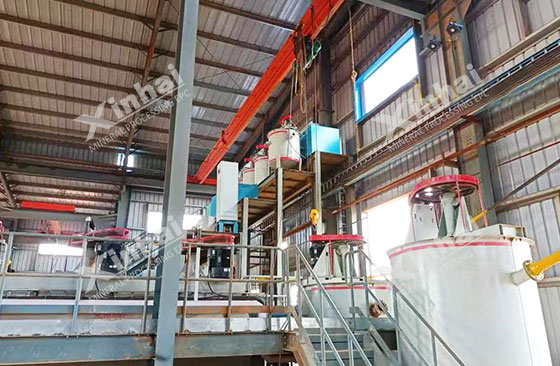
Acid leaching is the main method for treating copper oxide ore, and dilute sulfuric acid is usually used as the leaching agent. According to the properties of the ore body, the acid leaching method can be divided into percolation leaching and stirring leaching.
Percolation leaching: This method is mostly suitable for coarse-grained ores. There are three methods, including heap leaching, in-situ leaching and tank leaching. Among them, heap leaching is to pile low-grade ore and residual ore together and use natural precipitation for leaching. The advantages are low investment and low cost, but the leaching cycle is long and the leaching rate is low; in-situ leaching is to leach the ore in place, and the leachate is sent into the ore body through the injection hole, which simplifies the equipment and cost, but there is also the problem of long leaching cycle; tank leaching is to spray dilute sulfuric acid into the prepared leaching tank. The equipment is simple, but the labor intensity is high and the leaching efficiency is low.
Agitation leaching: It is a mature process for treating oxidized copper ores. Before leaching, the ground ore particles must be mixed with acid solution to make the ore particles fully contact and improve the dissolution efficiency. This method is highly efficient, but requires large investment and high energy consumption.
Ammonia leaching method: It is mostly suitable for treating copper ores with high alkaline gangue content and high mud content. By adding ammonia leaching agents (such as (NH4)2CO3 or (NH4)2SO4), ammonia can slowly leach copper minerals and form copper-ammonia complexes. This method avoids the problem of high acid consumption and high impurities in acid leaching when treating highly alkaline gangue. At present, the common ammonia leaching methods mainly include pressurized ammonia leaching and reduction roasting-normal pressure ammonia leaching.
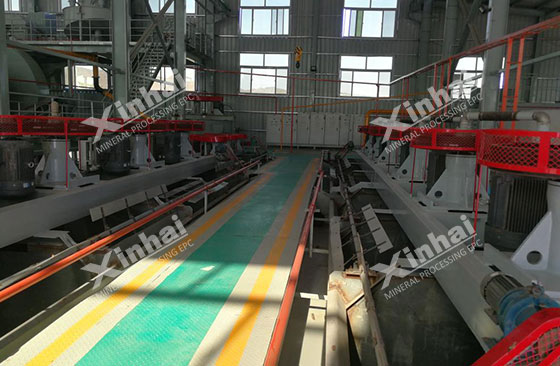
The above describes several common methods for beneficiating difficult-to-select copper oxide ore. In actual beneficiation plants, due to the difficulty of beneficiating copper oxide and the differences in ore properties, the beneficiation method needs to be determined according to the properties of the copper ore. Although the treatment of low-grade copper oxide ore is an important challenge facing the mining industry. Xinhai Mining provides customers with professional solutions with rich experience and advanced technology. By rationally utilizing low-grade copper oxide ore resources, we can effectively deal with resource shortages and achieve sustainable resource utilization.

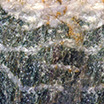
 marketing@ytxinhai.com
marketing@ytxinhai.com  0086 13810327080
0086 13810327080 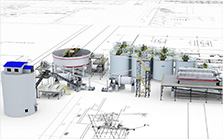
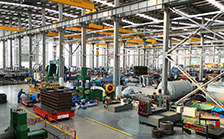
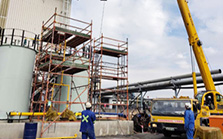
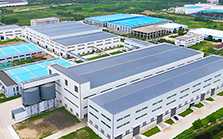
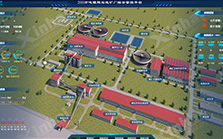

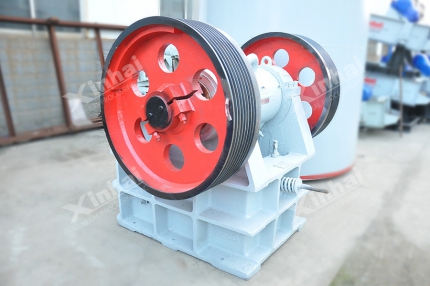

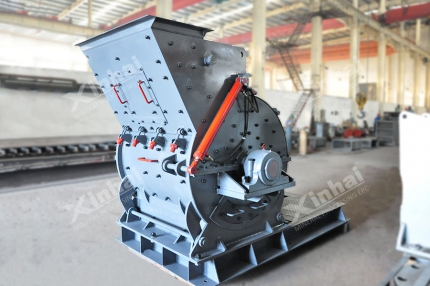
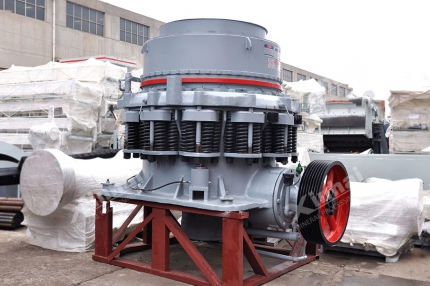
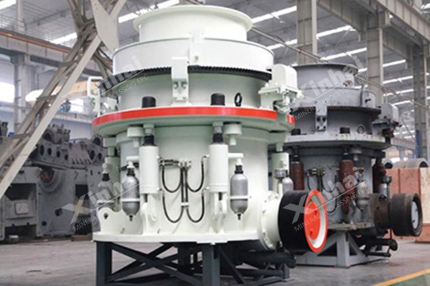
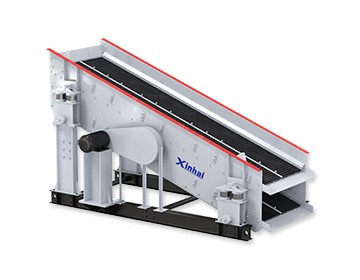
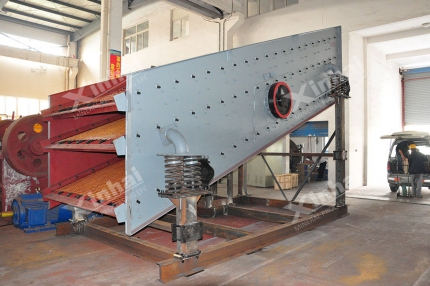
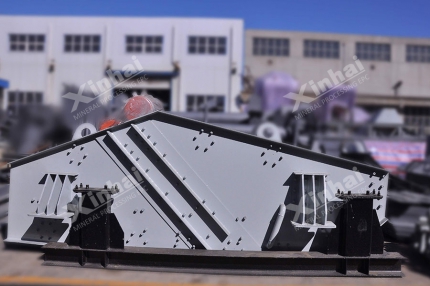
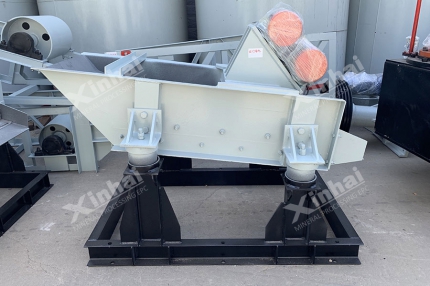
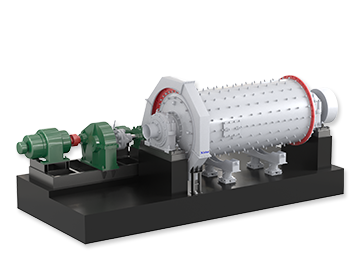
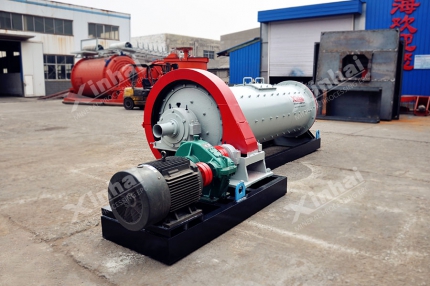
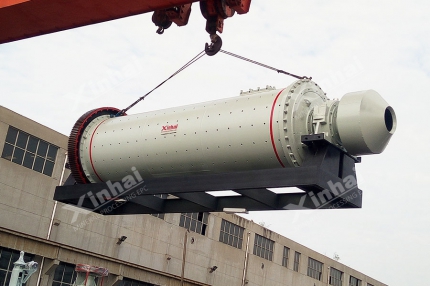
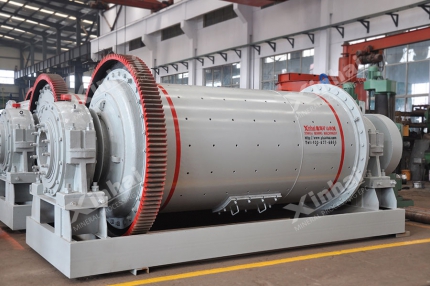
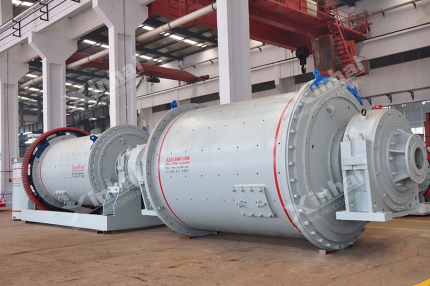
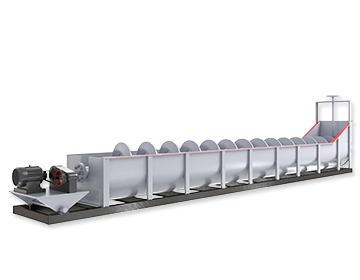
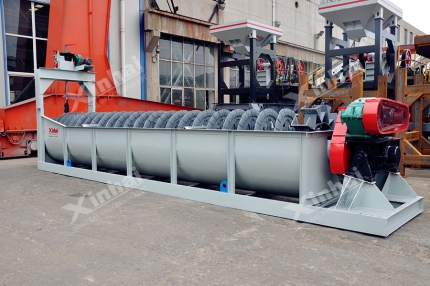
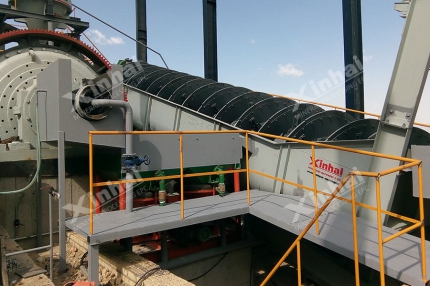
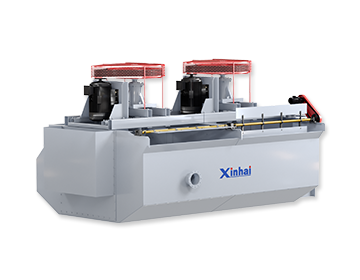
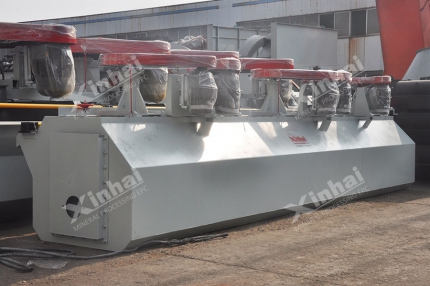
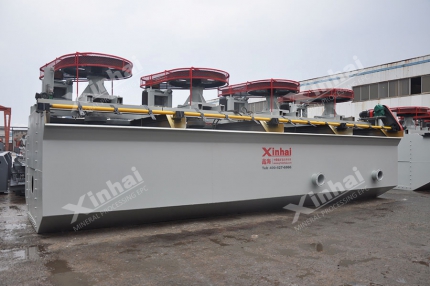
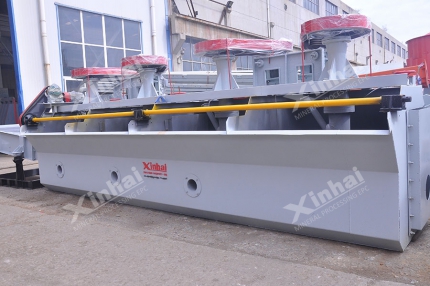
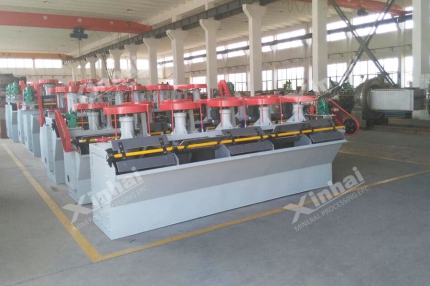
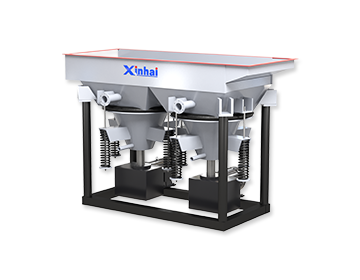
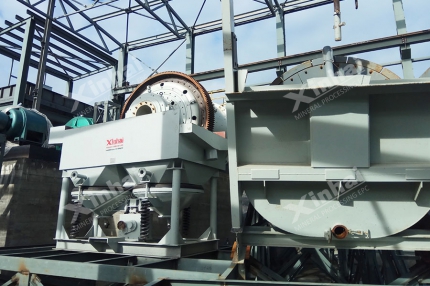
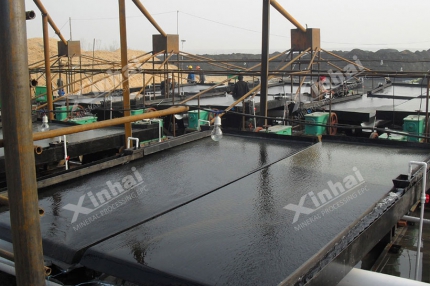
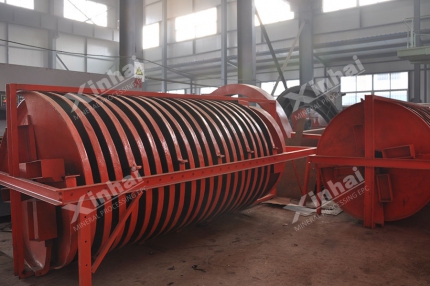
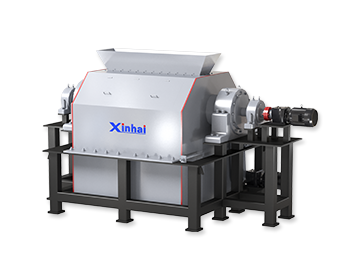
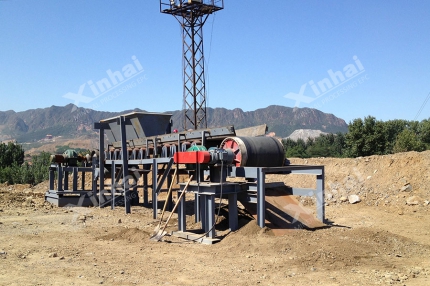
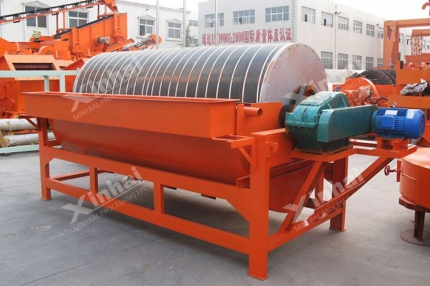
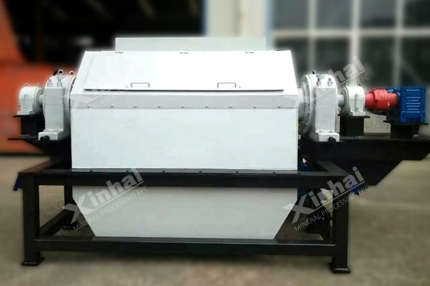
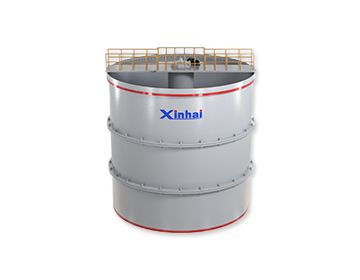
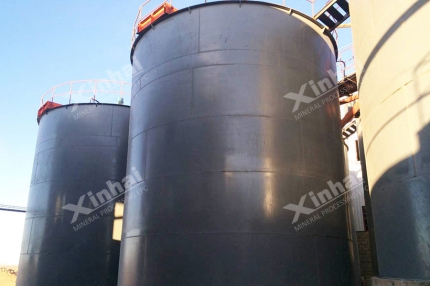
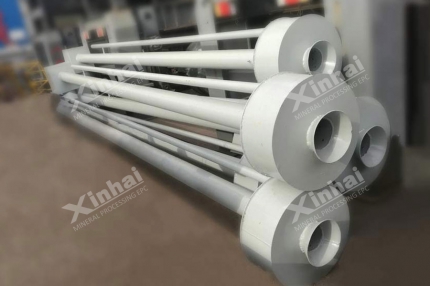
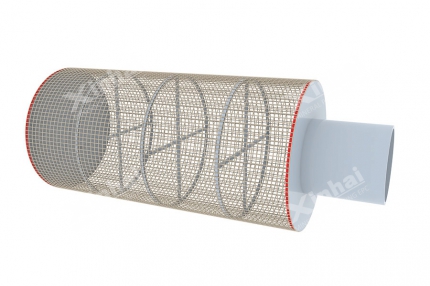
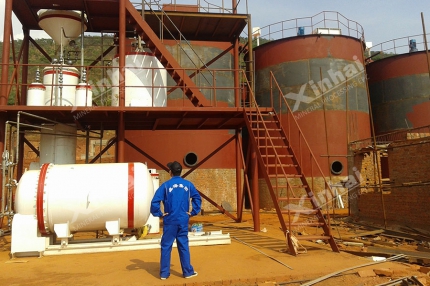
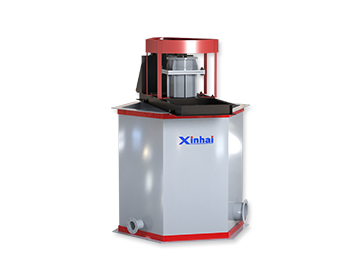
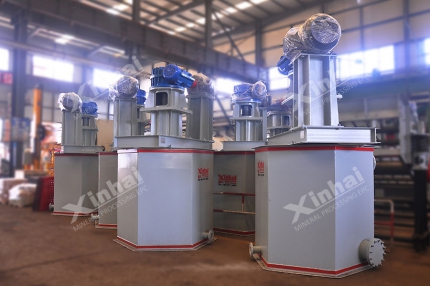
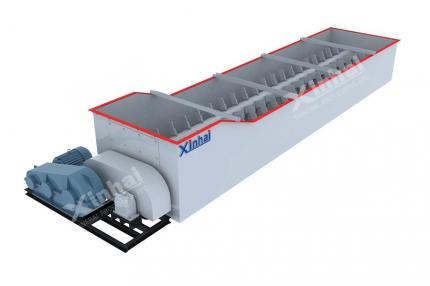
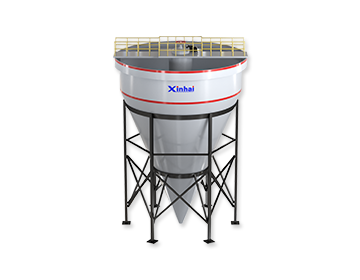
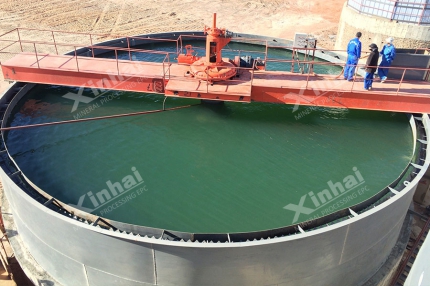
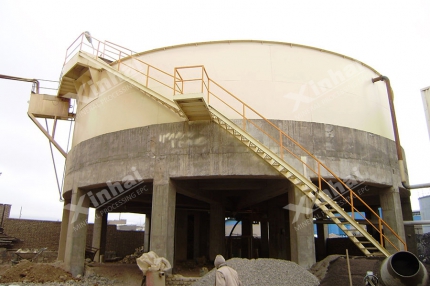
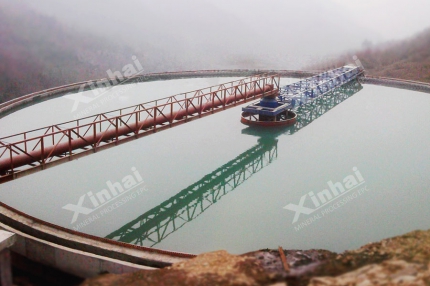
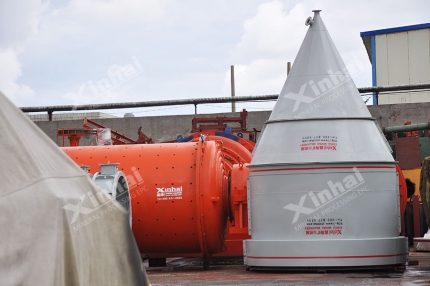
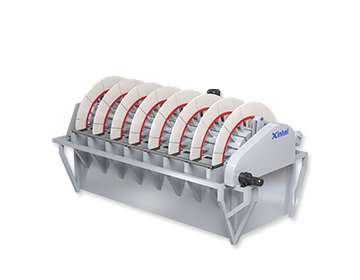
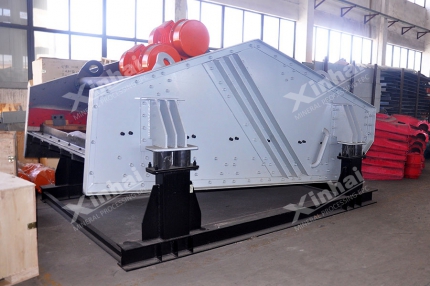
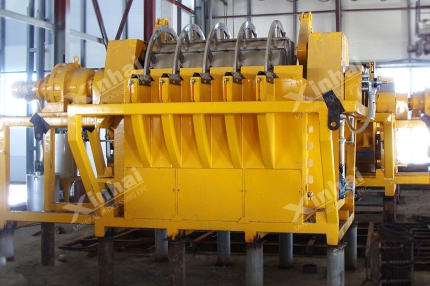
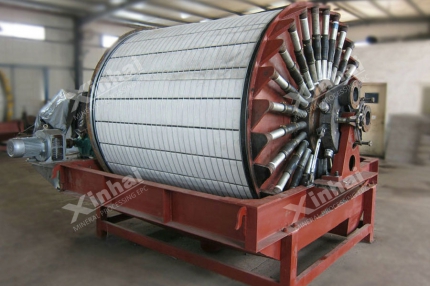
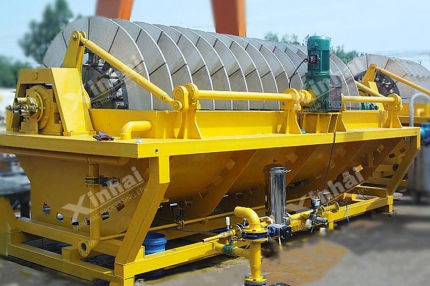
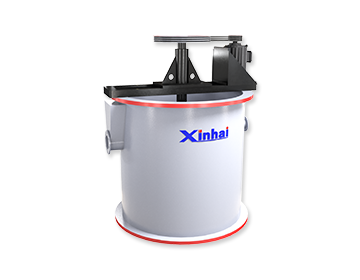
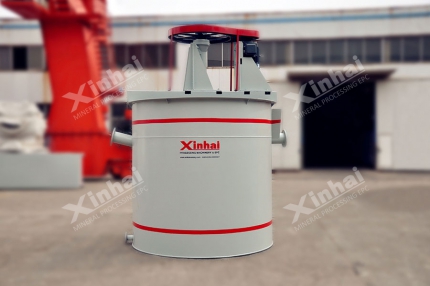
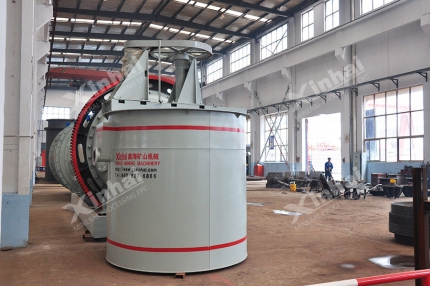
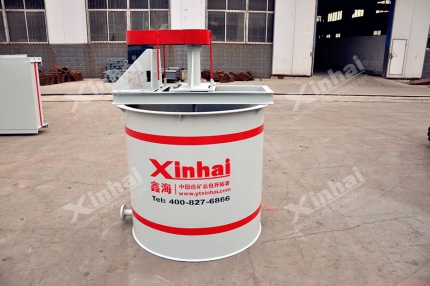
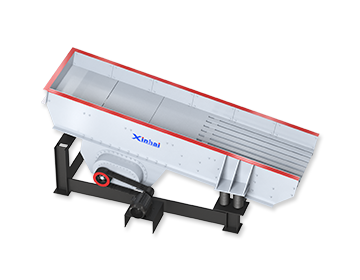
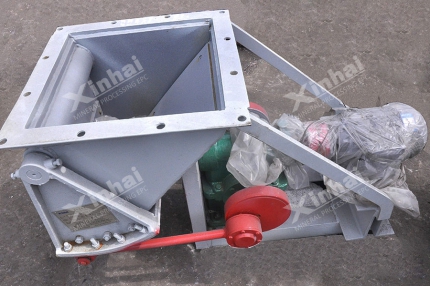
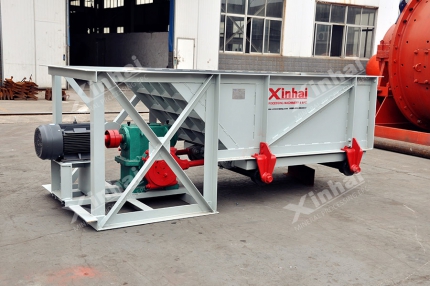
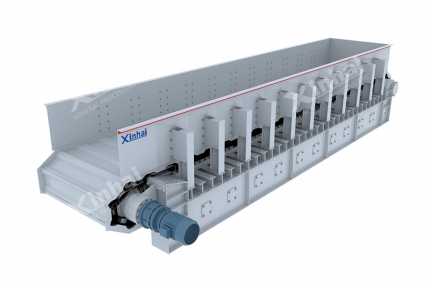
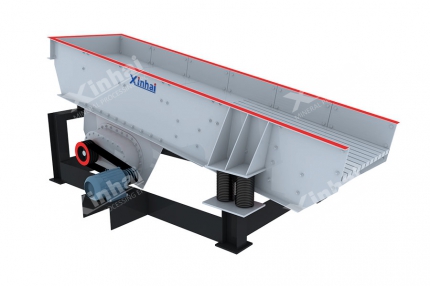
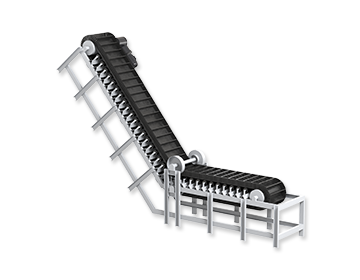
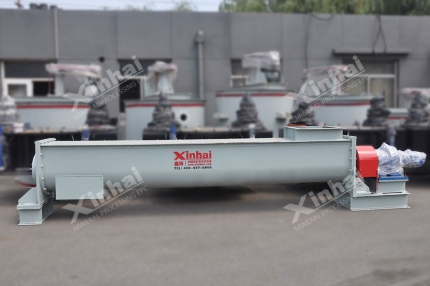
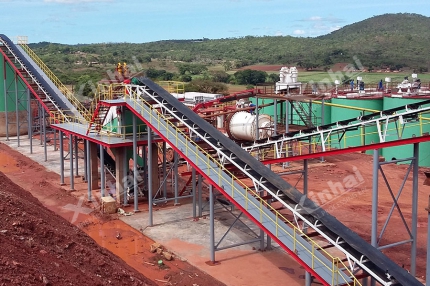
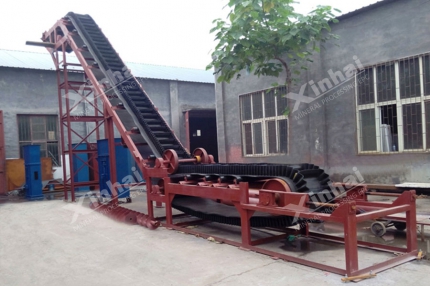
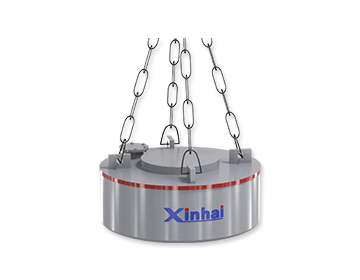
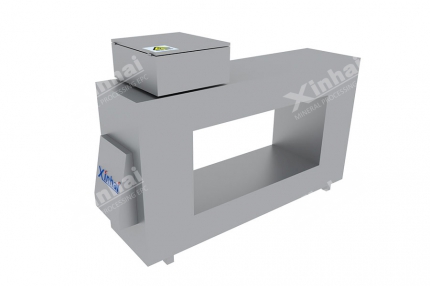
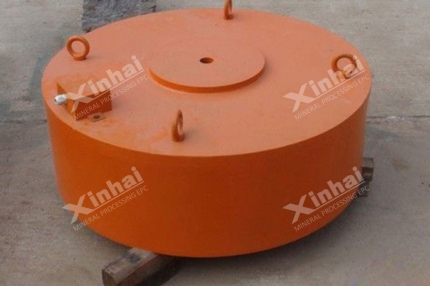
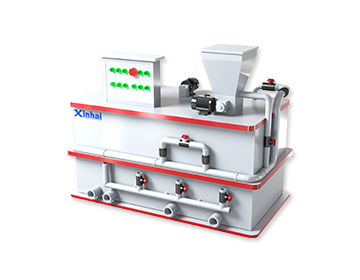
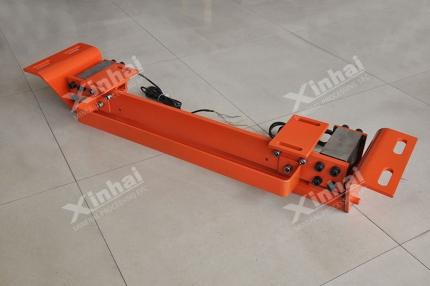
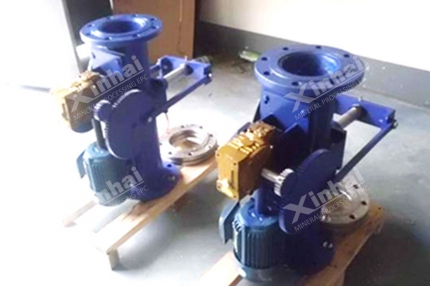
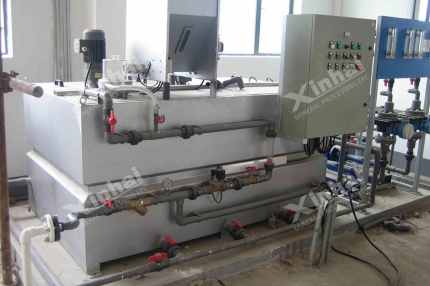
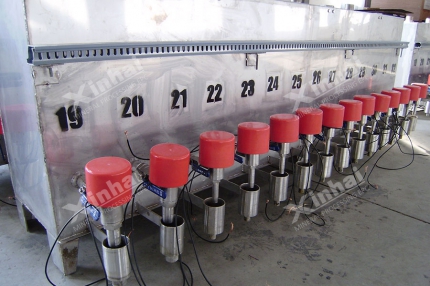
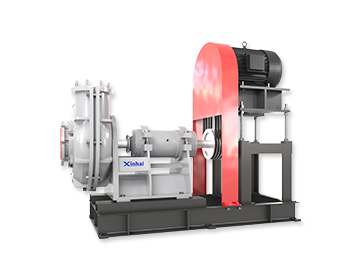
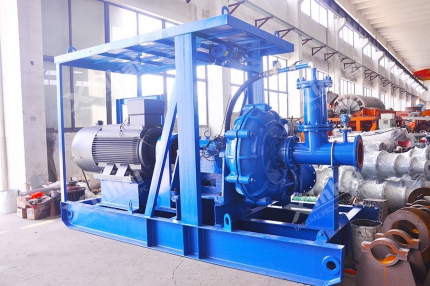
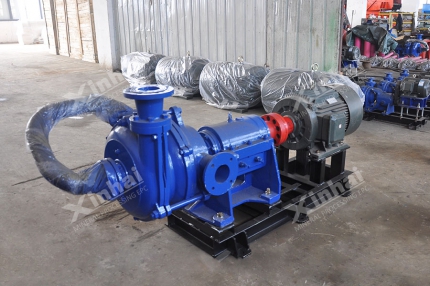
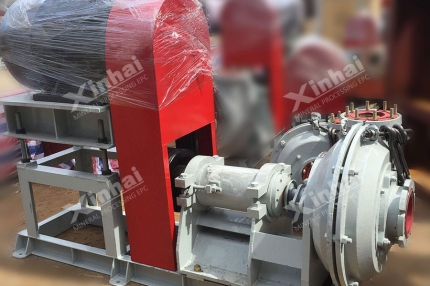
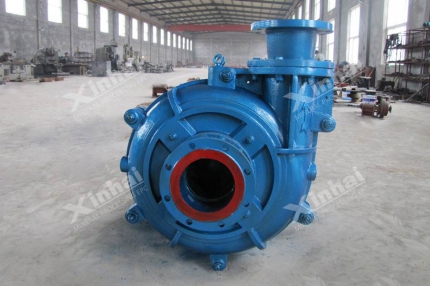
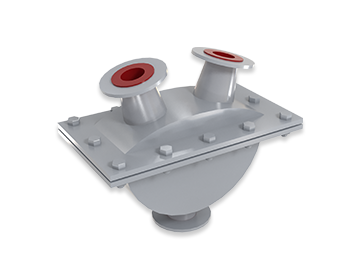
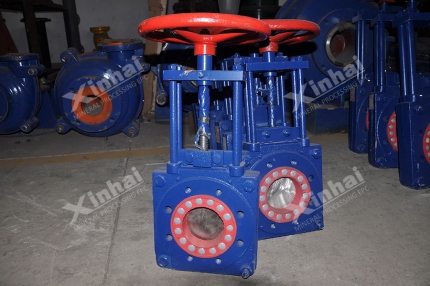
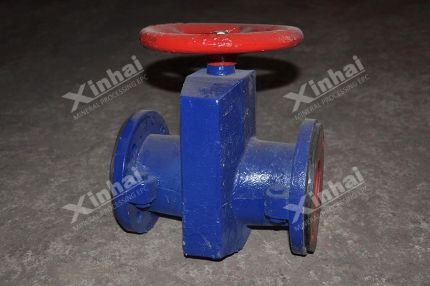
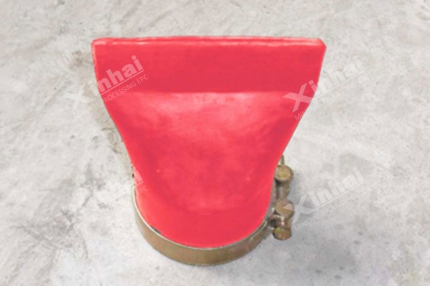
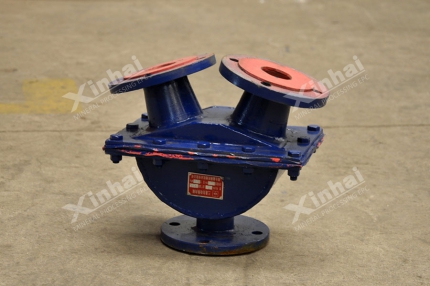
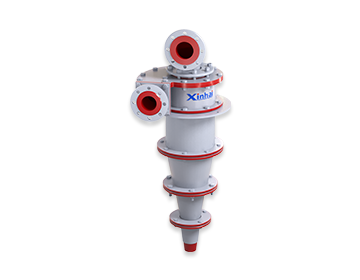
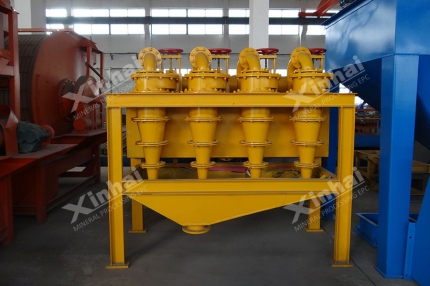
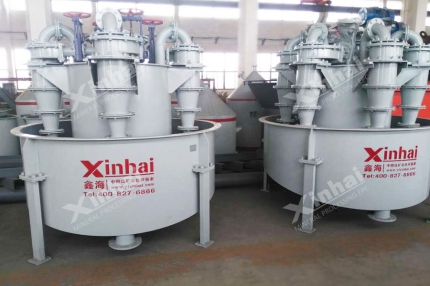
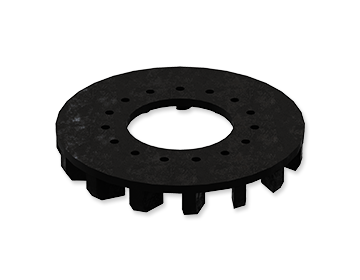
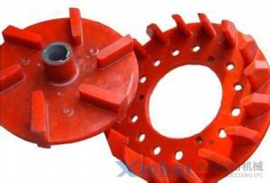
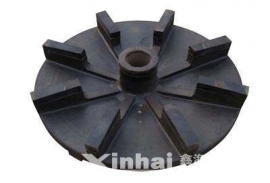
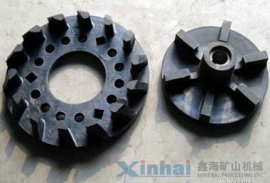
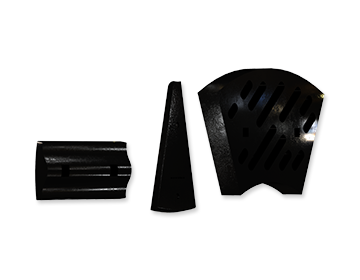
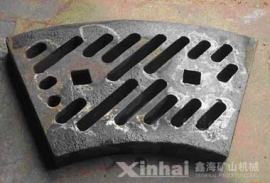

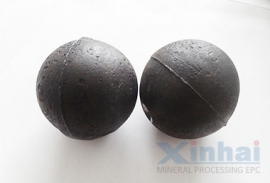
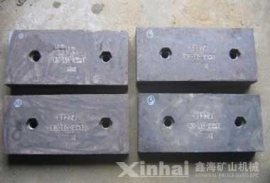
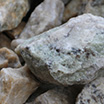
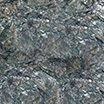
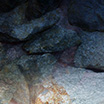
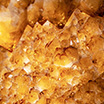


 CHAT
CHAT MESSAGE
MESSAGE



